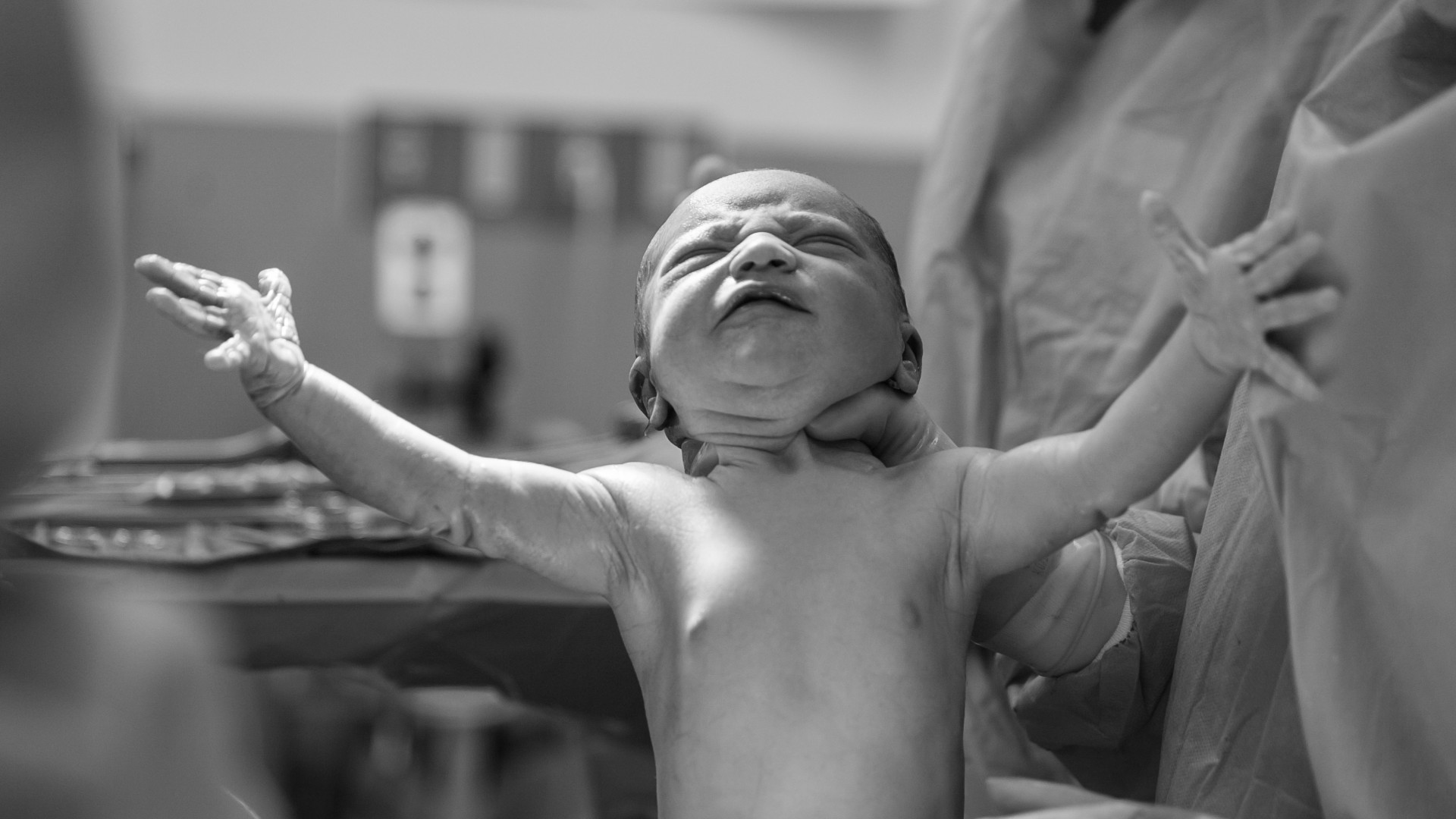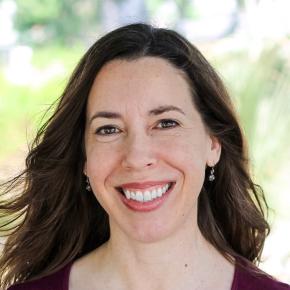Our culture needs to sit down and seriously think through some questions about what it means to be a human being. And I don’t just mean the question, “When do rights begin in a human life?” I mean the big ones: What are we? What is the good life? Is the highest good the manufacturing of a “perfect” life, designed according to our specifications—one where every risk and difficulty is removed, even if at great expense to the life and liberty of others? Or is it a greater good to live nobly and well in our fallen, endlessly imperfect world, in the face of our own imperfections and those of our fellow man, maturing through trials, and learning to value and selflessly love those imperfect others? In other words, should our lives be focused on creating beauty, or on stamping out imperfections?
I’ve been reading G.K. Chesterton’s “Eugenics and Other Evils” (published in 1922), thinking how far things have gone since his day. His concern was that it was a crime against human dignity to breed people like cattle and place what ought to be an “individual adventure,” the founding of families, under the control of the state. He was appalled that eugenics was being held above ethics for “the good of society.”
What’s happening now is even worse. It’s no longer about posterity—at least that goal was focused on the good of others. No, now the call of eugenics is fashioned to appeal to your preference and ease as an individual. The question isn’t, “How will this affect future society,” but “How will this affect me?” And while both questions, when asked in the arena of eugenics, lead to atrocities, the second one adds a layer of narcissism and flippancy that brings all of this to a new level of horror.
But there’s a second way in which today’s practice of eugenics has gone beyond what Chesterton imagined. The eugenics promoted in his day took place on the front end—the state would determine who should not marry whom, or who should be prevented from procreating at all. When such programs became (rightly) stigmatized, we put an end to the forcible curtailing of any person’s natural ability to create human life. But that didn’t put an end to eugenics, it just moved the whole process to the back end. In order to have our cake of freedom and eat eugenics too, we now let any and all procreation take place, even encouraging procreation in purposeful excess of the number of children that will be allowed to continue to live (in the case of eugenics via IVF), so that we can be sure to get what we personally prefer, for our own individual benefit.* Then we just kill the rest.
The lesson that should have been learned in the first round of eugenics was not merely that people’s liberty to create offspring shouldn’t be violated, but also that the idea itself of a designer society is repulsive and unnatural, an affront to humanity. It teaches you not to view children as separate, distinct human beings placed under your care for a time (and valuable apart from you), but instead turns them into interchangeable accessories to be rummaged through, then bought and sold, according to whatever outfit you’re seeking to match.
And you end up with something like this:
A 47-year-old woman who had relied on donor eggs, and underwent IVF and PGD [preimplantation genetic diagnosis] intending to conceive a boy as the fifth-generation namesake in her husband’s family, said: “I don’t feel that we are playing God at all. ... No one but God can decide what sex the embryos are going to be.” Indeed, all her healthy embryos turned out to be girls.
One can only conclude that she likely killed all ten and tried again.
Or this:
One woman was determined to avoid the genetic mutation that causes webbed feet in her husband’s family. But all 10 of the embryos the couple conceived by IVF carried the mutation. Rather than have any of them implanted, she opted to use donor sperm and bear a child with normal feet but no biological tie to her husband.
I can’t tell you how much that one disgusts me.
Or this:
In 2007, for instance, doctors were condemned for enabling a couple to avoid having their baby inherit a severe squint that prevented the father and grandfather from looking anywhere but down or to the side.
It’s interesting how they state that one, because of course, they didn’t prevent any babies from inheriting a severe squint, they merely killed the ones who had.
Or this:
A prenatal screening program of [amniocentesis and abortions] helped to reduce Tay-Sachs in Montreal’s Jewish and Mediterranean communities by more than 95 per cent.
Once again, they didn’t reduce the instances of Tay-Sachs, they reduced the number of people who had Tay-Sachs. By killing them.
With all this eugenics, we’re not becoming better, we’re becoming inhuman.
_______________________
*One can’t say it’s for the child’s benefit, for there are many children involved in any particular situation, not just one, and this kind of eugenics doesn’t improve any of those children’s lives. It merely kills all the unfortunately flawed ones and allows the accepted one to live.

